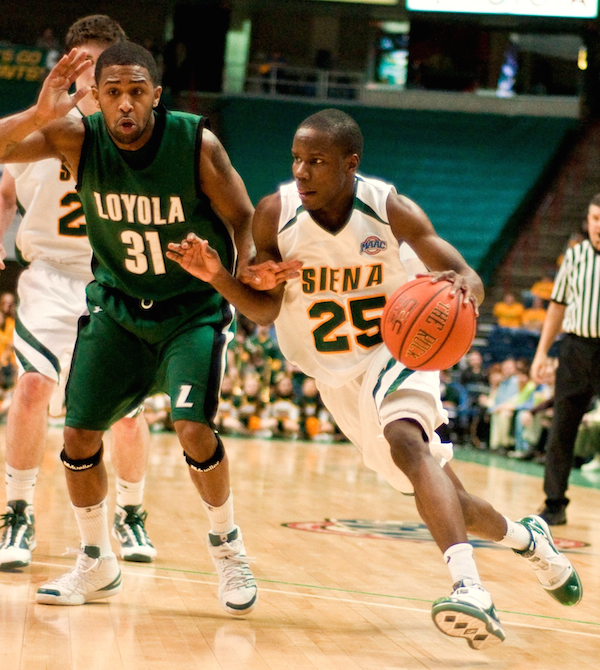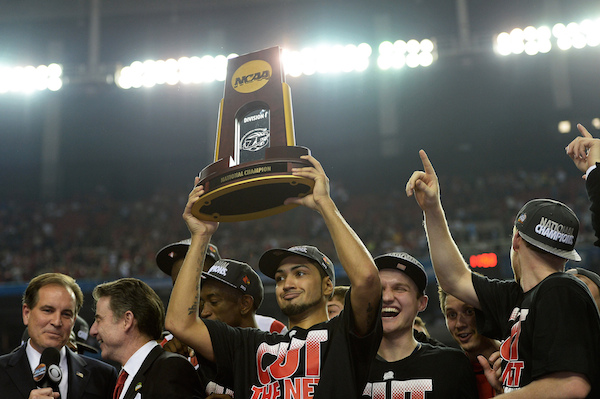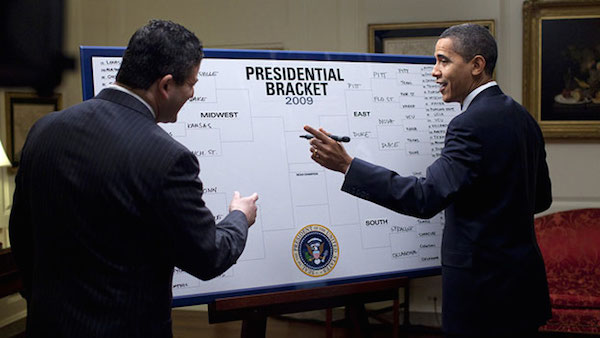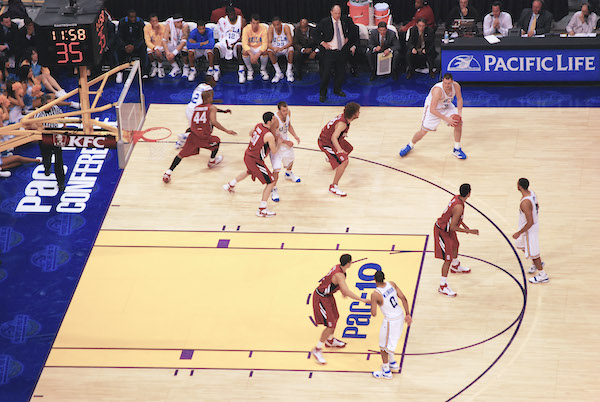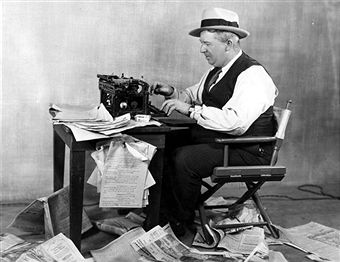March Madness, the annual NCAA Men’s College Basketball tournament begins today. It’s a remarkably popular event. The tournament storms through the sports world, eclipsing nearly everything else for its duration, and makes significant inroads into the normal, non-sports fabric of the United States. If you go into a sports area in the physical world, like a sports bar or your office’s water cooler, or in the virtual world, like the sports-only social network Fancred, you’ll hear a lot of people saying the same thing: “The first four days of March Madness are my favorite days of the year.” On the other hand, if you roam into some non-sports areas, like a folk dance or an intelligently satirical television show, you’ll hear sentiments that range from the casually uninterested to confusion about why so many people are so excited about the tournament to righteous indignation about March Madnesses exploitative nature. As with so many differences in life, there is truth on both sides. Let’s try to bridge that gap by running through the arguments on both sides, starting first with the hate and moving to the love. If you’ve never understood how anyone could hate March Madness or how seemingly everyone could love it, keep reading.
March Madness is big business. The last time the television rights to the NCAA Men’s Basketball tournament came up for bidding was 2010. CBS and Turner Sports agreed to pay close to $11 billion dollars to the NCAA for the right to broadcast the games for the next 14 years. It’s safe to assume that CBS and Turner both plan on making a profit from their investment. The NCAA, despite being officially a non-profit, certainly makes a profit in the way that most people think about profit. Their president, Mark Emmert, took a $1.7 million dollar salary in 2011. His job, as vital as it may be to facilitating the organization of basketball games, is not what generates all of this money. What generates the money, is basketball, and the people who play that basketball, the so-called “student-athletes,” don’t receive a salary at all.
HBO’s extremely good Last Week Tonight with John Oliver did a wonderful job with this topic in last week’s show. If you’re new to the subject or just want a wonderful refresher course, I suggest you watch it now.
If you’re a sports fan, Oliver’s argument is so old-hat that it’s hard for it to generate any real passion any more. But that’s kind of the point. It’s good to be reminded that the NCAA’s case for continuing not to pay their labor force is almost as twisted and circular as Groucho Marx’s in the 1929 film, The Cocoanuts.
The NCAA essentially says, “We can’t pay you, you’re amateurs.” After asking his workers if they want to be wage slaves and receiving a “no”, Groucho says, “Well, what makes wage slaves? Wages! I want you to be free. Remember, there’s nothing like Liberty — except Collier’s and the Saturday Evening Post. Be free, my friends. One for all, and all for me, and me for you, and three for five and six for a quarter.” Both Groucho and the NCAA are so brazenly absurd that they [seem to, at least for a while] get away with it.
My only issue with Oliver’s coverage is that he doesn’t offer a solution, which inadvertently puts him level with the protagonist in a heavily censored version of the Nelly song, Hot in Herre, who he made fun of earlier in the episode, saying, “Now it’s just a man complaining about the heat and offering no solution whatsoever.” There is a solution out there, there has to be, but for now it is enough to simply identify the problem and agree that it needs to be fixed.
While the underlying hypocrisy and exploitation inherent in March Madness rankles, there are some really great reasons to both enjoy and cherish the tournament. One of the primary reasons to love the tournament is its sloppy but undeniably democratic nature. Compared to virtually every other American sporting event, March Madness in unique in its combination of the highest quality play with the most inclusive format. College basketball is enormous. There are 347 Division 1 college basketball teams. Each of these teams plays in one of 32 conferences. Each of these conferences crowns a champion at the end of the year and every single one of these champions is given automatic qualification into March Madness. It’s true that the majority of the other 36 places are given to teams in one of the top four or five power conferences, but the nature of the tournament is still extremely inclusive. This is also what makes the tournament so exciting. No where else (in American sports at least, this kind of thing is much more common in European club soccer) do you get to see and root for such extreme underdogs.
In the past week, two wonderful pieces of journalism, one video, one narrative and written, were released. If you want to get a deeper understanding of how the NCAA tournament came to be so inclusive (and how it almost wasn’t) and just what being able to compete with the biggest schools means to people in the smallest basketball towns, I cannot recommend these two pieces highly enough. From Grantland and director Nick Guthe comes a short film called The Billion Dollar Game. The 13 minute video tells the story of how a single, almost-upset of a number 1 seeded Georgetown team by number 16 seeded Princeton (not normally an underdog in anything, but in men’s college basketball, they certainly are) in 1989 was such a powerful example of the potential for drama inherent in asymmetric sport that it convinced the NCAA and their television partners to maintain the democratic nature of the tournament. Justin Pahl’s piece on SB Nation, Countdown to March: Life and Death with a Small Town Team is just an incredible article. It’s more a short memoir than a long article, really. Pahl grew up in the small, midwestern city of Valparaiso, Indiana. His father was a professor at Valparaiso University and they shared a love that bordered on obsession for the school’s basketball team. Pahl mixes the story of what happened to that team and to the older kids in his town whose athletic feats he grew up idolizing with the story of his own coming of age in a beautiful way. Reading this article will give you a profound understanding of the conflicting urges of small-town America: pride, desires to stay and to leave, inferiority complexes, love. When I see a small-town team from an lesser known conference keep pace with one of the big boys in this year’s tournament, I’ll think of Princeton’s Billion Dollar Game and Valpairaiso’s Countdown to March and pull for them just a little bit harder than normal.

